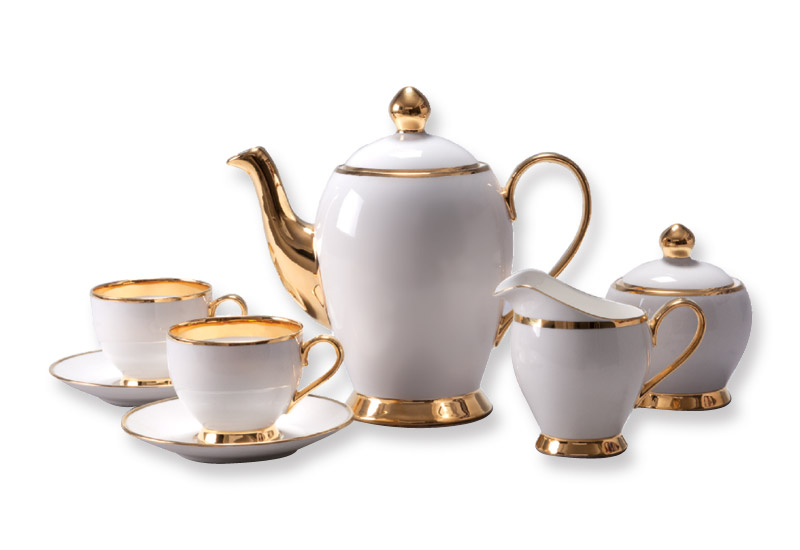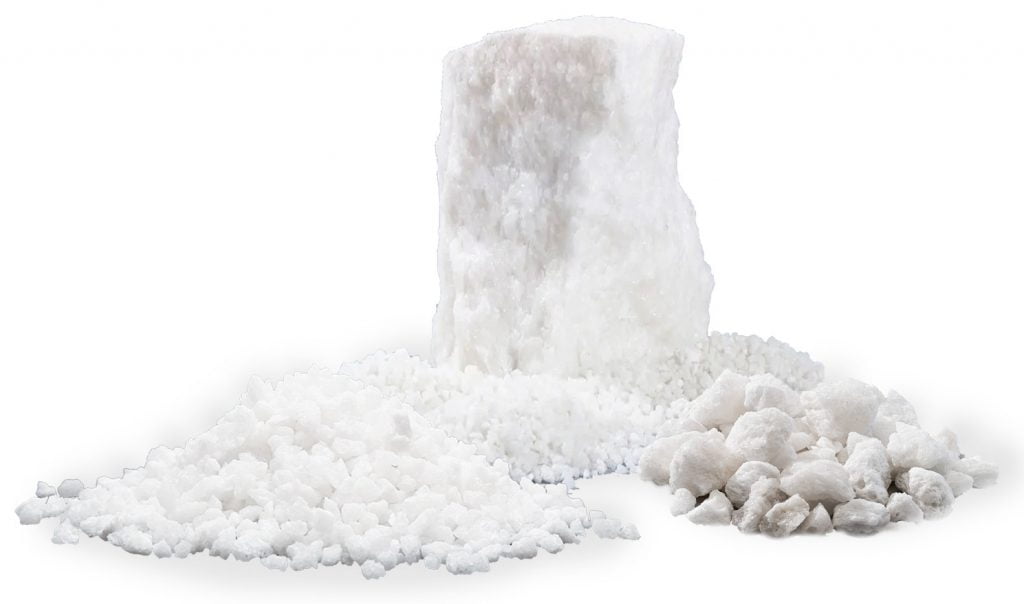Ceramic Glaze
The glaze is a glass-like coating that is placed on the surface of the ceramic tile body, the glaze consists of a primary dry material that becomes a thin paste or slurry after being ground with water and applied to the ceramic body with different methods. and tiles are placed and heated to a certain temperature in the furnace.
Glazing the ceramic body causes density, hardness, polish and color and makes it strong and stable against some chemical factors. Glaze completely condenses porous ceramic objects and prevents liquids and gases from penetrating inside the tissue. As a result, reduces the effect of corrosion and other unfavorable factors on them.
Glazes that are used for ceramic tiles are classified in terms of chemical composition, resistance to chemical agents, production methods, and physical and appearance characteristics. For example, glazes can be matte, semi-matte and transparent.


Aluminum oxide is a very important part of glaze composition. Alumina is a controlling agent for the roughness and opacity of the glaze Alumina also increases the viscosity, and refractoriness and generally increases resistance to chemical attacks and erosion due to exposure to air, resistance to impact, bending strength and surface hardness. The addition of alumina prevents blistering. Alumina increases the brightness, bonding strength and stability of the glaze. The addition of aluminium oxide to the glaze also can create wear resistance and anti-skid properties.
ALTUS offers white fused alumina with accurate particle size distribution as a great candidate for high-quality glaze compositions.
By implementing high-efficiency technologies we are the producer of effective additives for coating, paints, and other surface materials.
ALTUS

